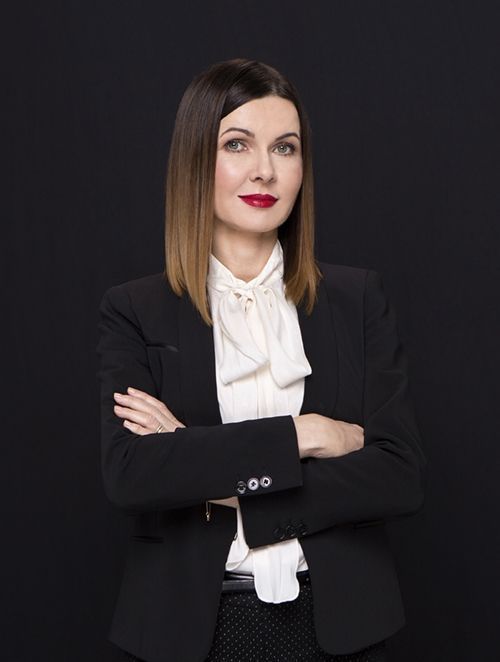Omnichannel sales represent a consistent, integrated approach to managing all of your sales and information channels (a definition provided by PwC). By using the opportunities thus provided, retail chains can enter into a dialogue with their customers, form a coherent picture of the company, widen the area of its impact and change consumer habits. Omnichannel in this sense also applies to the various types of communication channels, such as social media, mailing, mobile devices and call centre contacts. For the purposes of this article, I will discuss only part of this broad topic, focusing on those aspects related to the activities of retail chains as tenants of shopping centres.
Systems govern sales
Omnichannel retail involves interactions between the operations of traditional stores and online sales, so that the customer can use both methods freely, without even sensing the difference between them, and combining them – for instance by picking up orders placed online in brick































































